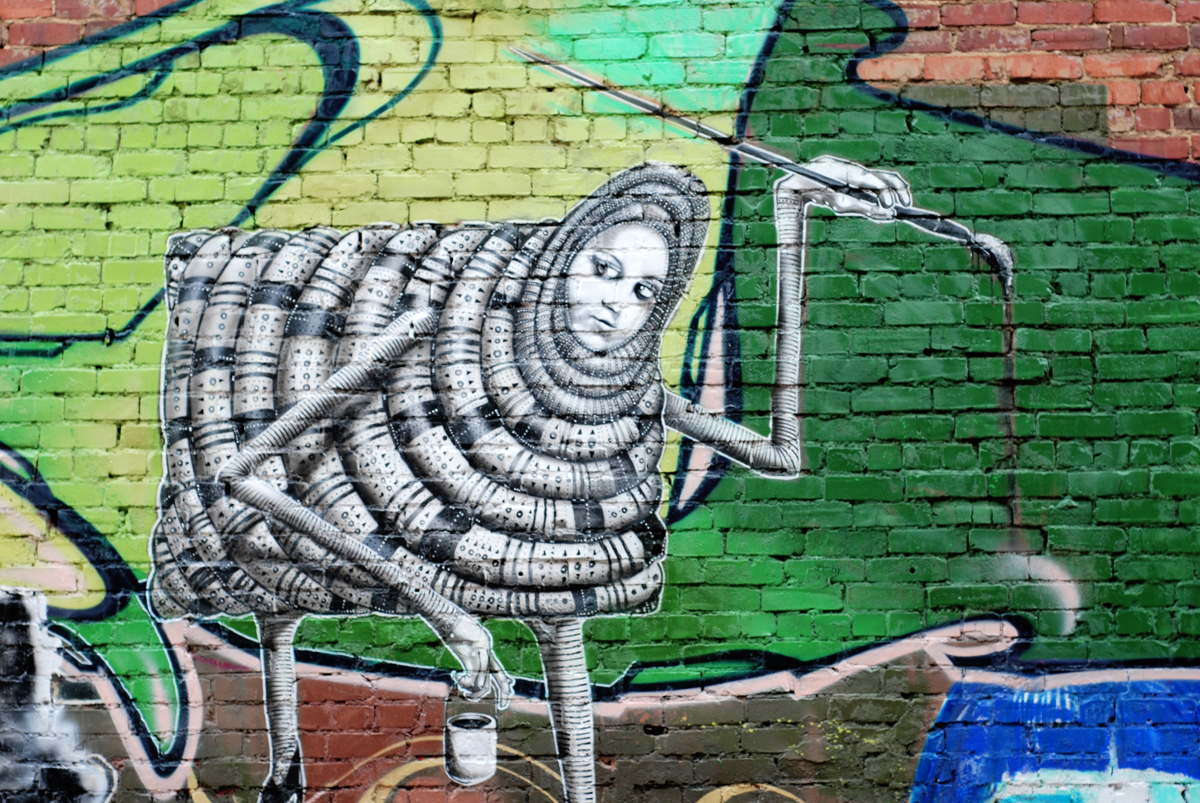A look inside the evolution and distortion of Roanoke artist Toobz.
Upon returning to the Roanoke area after leaving a skateboarding career behind in California, Toobz Muir was eager to find his niche without succumbing to a traditional nine-to-five lifestyle. Influenced by breakdancing and hip hop culture from the West Coast, he easily gravitated towards graffiti and other forms of visual art. As his talents evolved Toobz discovered the fine artist within himself and began honing in on the psychological aspects of his work. We were excited to meet with Toobz and hear his story, learn about his process, and find out what influences his pieces.

VIA: Tell us how you got started in the arts? What led you to where you are today?
TOOBZ: I started skateboarding in 1988 and thought it was something I was going to do forever. My family wasn’t too supportive, so I ended up doing a lot of it myself. I decided it wasn’t exactly what I thought it was after I was sponsored and moved out to California. There was no future to it; I was trying to get a grip on where it was going. I didn’t think that art was something I was going to do. About 6-7 years ago was when I started doing it seriously. I understood the process by trial and error, just by watching and deciphering other people’s’ work.
Juggling a family and this lifestyle I’m trying to achieve has been really hard. But all of a sudden I got laid off a few months ago, which has been the best thing. All of a sudden I had a guy contact me who just told me, “I’m going to manage you.” So now I’m working on the Beastie Boys album, I’m working on a Chung King album. Just this year I’ve had around 12 interviews. I’ve even had people from Germany interview me. How do people know me and I don’t know them?
VIA: What is it like working with graffiti as your primary style of painting?
TOOBZ: The street art thing is really huge right now, more so than graffiti, but graffiti has been around since the beginning of man. People have been writing on cave walls for thousands of years but it’s just now getting accepted, which is weird. All of a sudden it’s “really cool,” but that’s a good thing for me. Let’s bring the art out of the galleries and out onto the streets where the people are. It’s not like we want to deface and vandalize. A wall to me is more of a disruption to what we see; it’s such a barrier. How many times do you sit and look at a mural and say, “Gosh, I can’t wait to get around this.” You want to just sit there, stare at it, and absorb it. So instead, when a wall is blank, all you have on your mind is to get around it, to go around the corner. [People] look at vandalism as you writing on something. Well, what about the vandalism of tearing up nature and putting a building there? I mean, what is more detrimental to nature than tearing it up and putting something man-made there? A square building that puts pollution into the air to make profit, that’s vandalism to me. Throwing oil into the ocean, that’s vandalism. Who goes to jail for that? But if you tag something you’ll go to jail. It’s crazy. I don’t get that part.
“Let’s bring the art out of the galleries and out onto the streets where the people are.”
For right now, art is finding a new wave and evolution, especially with the whole street art thing because people are collaborating more. What’s sad is that it started here [the East Coast], New York, the whole hip hop culture, and then it went out to the West Coast. But now it’s coming back and it’s sort of like we’re late bloomers on it. How can it start and then just diminish? But things change and maybe it had to leave to start fresh and get new influence from them.

VIA: Tell us more about your process. What inspires your work?
TOOBZ: My father had a calcium deficiency when he was born; he had a lack of calcium in his face. They took several of his ribs out and they reconstructed his face. So I’ve grown up looking at distortion my whole life and it’s something I incorporate into my paintings constantly. I guess it’s something I feel comfortable with and has to do with him being my father, with feeling safe. Slanting, obscuring, and distorting images are one of my favorite things to do. I love to stretch and pull and I do this without Photoshop; I just look at a face and I can pull it down and stretch it in my mind.
I take what we see as “perfect people” and do that to them because it is still beautiful in a sense, to me; a “beautiful decay” type of thing. I just find beauty in the grotesque sometimes, or what people see as grotesque, but I don’t see it that way. I have a somewhat photographic memory. I’ll look at something and study it and imagine how I could distort it. Then I’ll take this ear that I’ve been studying and incorporate it into something else and it just works. I don’t know why. I guess because we’re all pretty much connected. And I just realized that I do this, in relation to my father, about four months ago. Everything I do is very psychological because I don’t know any other way to do it. I just find that I can convey my messages like that. I’m a perfectionist, but I’m a sloppy perfectionist. I think that’s one reason I do the distortions because there’s no one true way of doing it; as long as everything looks clean it doesn’t have to be in proportion.
VIA: How has your work evolved since you first started painting?
TOOBZ: I’m just a graffiti artist who has turned into more of a fine artist with a spray can, and I find that it is more appealing to the route that I’m trying to go. I used to do letters and silly characters but when I started getting more into realism I really enjoyed doing that kind of work, especially with the distortion and seeing that come alive. I like to let my work evolve when I’m creating it. I’m doing some pieces right now with charcoal and I’ve invented certain tools, like makeshift brushes, that give a certain effect. Happy accidents happen and the work starts to just grow out of that wrinkle and I decide it’s just going to be more organic. Even if I have a reference my work grows into something. I mean, think about life, what’s exact about that? I don’t find things exciting that already exist. I don’t like it when people do portraits of a photograph that look just like the photograph. That’s very skilled, yes, but where is that one percent of you?
VIA: Do you always work with spray paint or do you incorporate other mediums into your work?
TOOBZ: There are certain mediums that take the physical effort of doing things instead of taking a picture of something, blowing it up big and pasting it on a wall. That is a form of communication, which is just fine, but say somebody grows up learning all of these different instruments, becomes a really good musician and then someone just sits down in front of a computer, with a machine, composes a bunch of music, and makes millions out of it. You know, there’s a difference to that. It’s the blood, sweat, and tears versus the overnight success.
I have been experimenting with different mediums. Right now I’m working with charcoal. I used to not like getting messy but now I don’t mind my fingers getting involved and making it organic. Being a part of the paper, feeling and touching it, the face feels much more real and I feel like I’m even more of a part of it with my oils and my fingers as a part of it. It’s really cool.
There are different types of paints that I use. There are a ton of different graffiti companies right now making different spray paints. I buy it from Barcelona, Italy, Germany, and Canada. They all make top-quality paints for graffiti artists. People think, “oh, just go to Wal-Mart, buy some [spray paint],” but it’s like every other artist; they like their Winsor and Newton or Grumbacher types of paints, and now graffiti has its own line of paints with an array of colors. It’s incredible, you just get to go nuts over it.
VIA: How do you choose your color palette?
TOOBZ: I’m colorblind; I have a problem with secondary and tertiary colors. Primary colors I can see, like a true blue or yellow, but if it’s mauve, grey, tan, or lime… in-between colors like that are hard to see. So I’ll pull a picture into Photoshop, put it in black and white, and then look at the shades because it’s so much easier for me to identify with the shades when I can see the contrasts. I can’t see hard contrasts unless it’s in black and white. So then I just use colors that are the same tone as the dark parts of the face and I use the same colors of the same tone as the lightest part. I’m using multiple colors but I don’t even know what they are; as long as I see that they’re close to that scale that’s how I come up with my variations of colors.
VIA: Do you usually have any specific goals in mind when you start a new piece?
TOOBZ: My main goal is just to paint. There are so many different people with different tastes in all walks of life. Why narrow it down and make them think one way? It’s so much more about me and the subject matter that I’ve chose. I have much more of a connection with the subject matter; it really is exciting. It’s like meeting a new person, especially when you create it. And you really get to know this person, because you created them, and for that one little moment you’re almost like God, because you created this for people to see. There is that one percent of me that is put into the process, the heart, and the image itself. The color choice, perspective, and the balance of everything… that is me.
Find Toobz Online
Visit his website or follow him on Instagram.
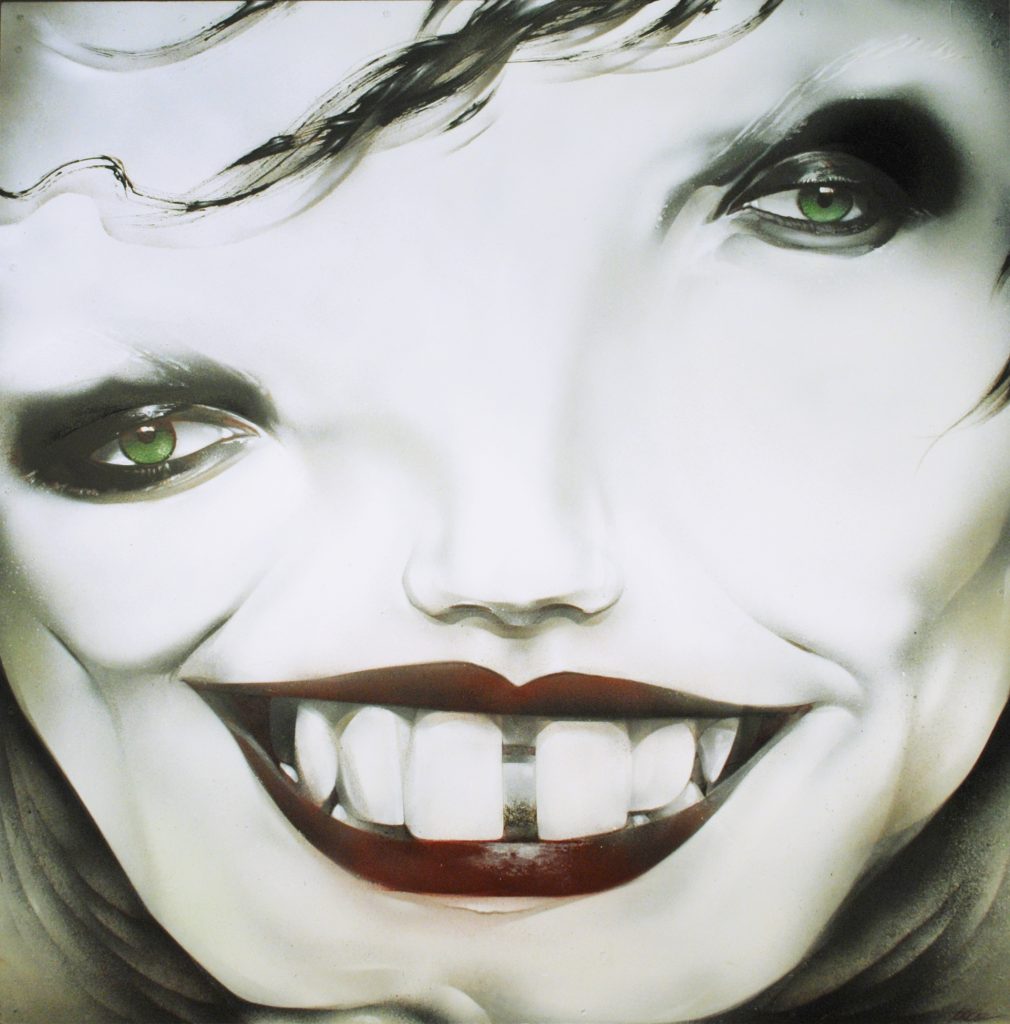
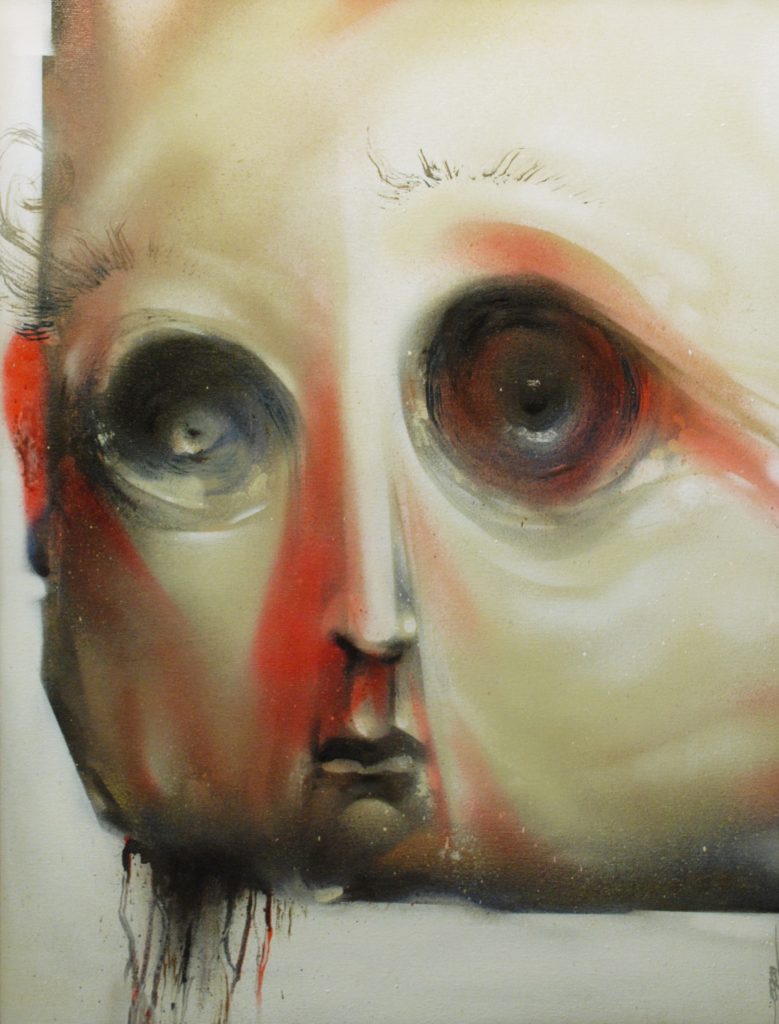
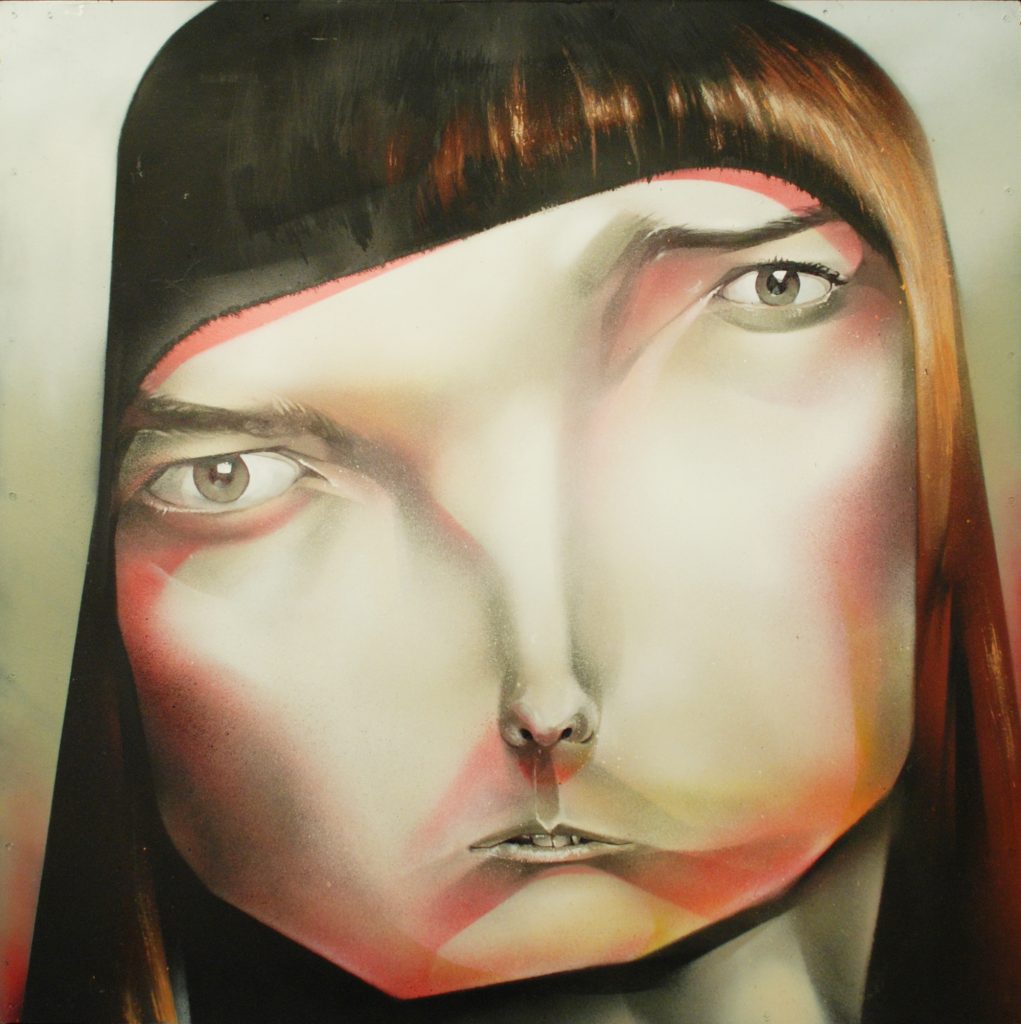
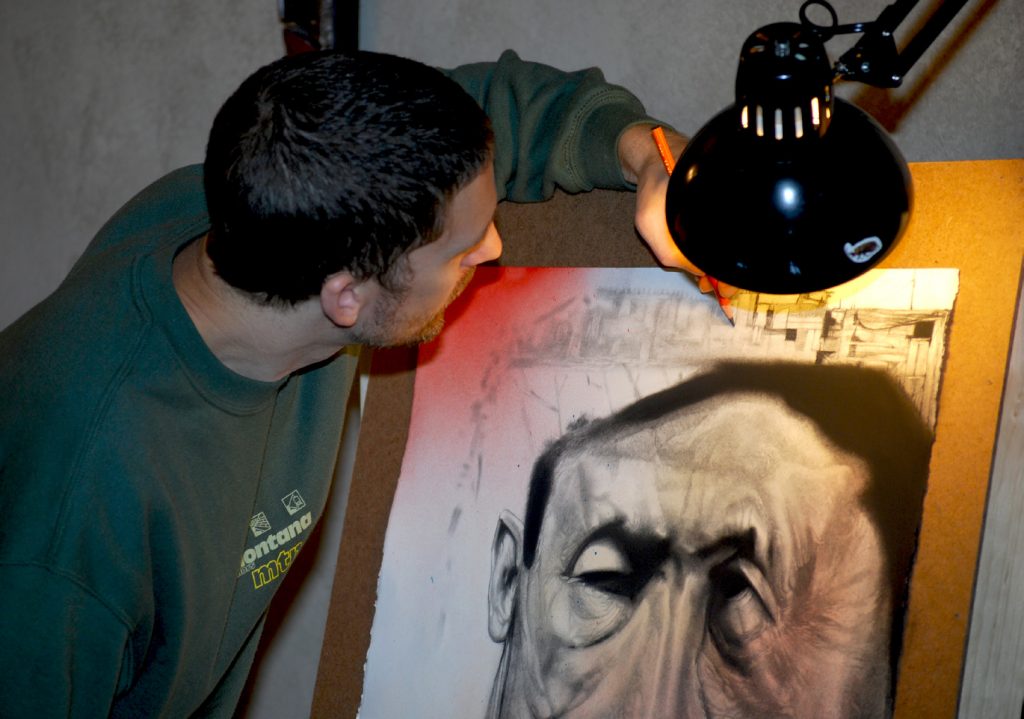
This article was originally published in the first issue of VIA Noke Magazine, printed in Roanoke, Virginia in May 2012.

